Computer Numerical Control (CNC) machining has slowly but surely been able to change the way electronic parts are manufactured. You can see this in almost every industry. The aerospace industry uses it to design and create airplane parts, while the military and defense industry uses CNC machining to prototype new material.
These aren’t the only industries that have begun to embrace CNC machining. Medicine, transport and obviously electronic industries use CNC machines to design, create and produce both small and large components.
What exactly is CNC Machining?
It is a manufacturing process where pre-programmed computer software dictates the movement of factory machinery and tools. This process can be used to control a wide range of complicated machineries such as lathes, grinders, and routers.
CNC machining is mainly used to create electronic parts. Electronic parts vary in terms of size and complexity. As you would expect, the smaller parts have more intricacies, and thus it takes a lot of detail to create them. The same can be said about larger, more complex parts.
Generally speaking, creating smaller and more complex parts will require a lot of manual labor. Besides, because of their complexity and attention to detail, you would expect that the use of manual labor will result in a lot of errors,which are the last things you want in an electronic device.
CNC Machining ensures that regardless of the size and complexity of the parts, they can be produced either in bulk or in singularity. This is the reason why many electronic part manufacturers prefer to use CNC Machining to create prototypes and working parts.
What are the Advantages of CNC Machined parts production?
Round-the-clock production
CNC machining is a highly automated process that requires minimal human intervention. This makes it an excellent choice for projects that are complex or require a high level of accuracy, as mistakes can be avoided and production time can be greatly reduced. Additionally, because machines are able to work continuously with no breaks or pauses, production can be scaled up quickly and easily as needed.
High-precision
CNC machines can be programmed to make high-precision parts with tight tolerances. This allows for higher accuracy and consistency across all components being made, ensuring that they fit together perfectly and do not require additional labor or materials to correct any issues.
Cost-effective
CNC machining is a very cost-effective way to produce parts in high volumes. With the ability to quickly and accurately reproduce complex shapes at a low cost, it can help manufacturers save time and money over traditional methods of production.
Ability to use multiple materials
CNC machining makes it possible to use numerous materials. Thus, electronic components can be crafted using different materials, which will increase their efficiency and efficacy.
Overall, CNC machining is an attractive choice for producing electronic components due to its numerous benefits. It allows for accuracy and precision in parts manufacturing, reduces costs through automation and labor savings, offers faster turnaround time than traditional methods, and provides scalability that is unmatched by other production methods. By taking advantage of these benefits, manufacturers can produce better products in less time and with less money.
Some Electrical Parts made by CNC Machining
Printed circuit boards
Printed circuit boards, often referred to as PCBs, are integral to all electronic products. This is because they are used to connect all the different components of an electronic device through the conductive features they have on their surface.
PCBs are made through a process known as etching. The conductive features they have are made from metallic materials like copper. The substrate underneath the conductive feature is made from non-conductive materials.
Though etching is the most commonly used method of creating PCBs, it isn’t the safest of methods. This is because a plethora of harmful chemicals is used in the process. Thus, it is not advisable for humans to manually do the etching.
Using CNC machining to create the PCBs is thus safer and more precise. Additionally, it is far easier to design the PCBs using CNC machines.
Electronic casings and enclosures
The most often used areas include: mobile phone case, tablet computer back cover, product frame processing, UAV shell processing, mobile phone shell earphone holes and USB holes positioning processing.By using 4.5 axis machining centers, magnetic fixtures, vacuum, multi-position, and zero-point positioning system, the corresponding precision machining can be achieved.
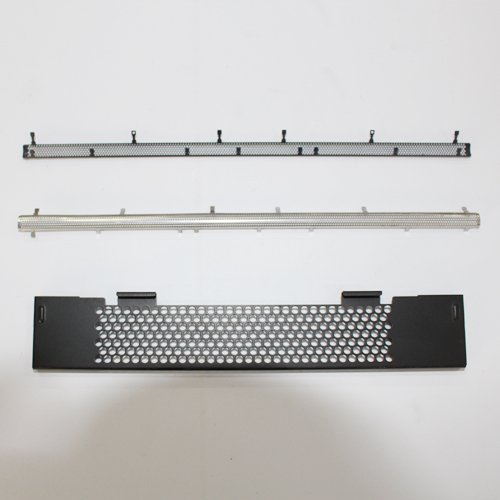

Irrespective of whether the casings are plastic or metallic, you can rest assured that CNC machining will create the most intricate, and thus the most aesthetically appealing electronic casings in the market.
Furthermore, not only do the casings have to be beautiful, but they also have to do their basic function; to protect the electronic components in the interior. Manual molding often does not meet all of these requirements, but CNC machining does and will.
CNC machining can work with a myriad of materials, from metallic to plastic, and still be able to provide a wide array of finishes. You can also be able to engrave the casings and incorporate treads and other features.
Heat sinks
Another intricate yet important part of electronic devices is the heat sinks. As small as some of them may be, they are paramount to all devices. Heat sinks are passive heat exchanges that channel the heat generated by the device and transfer it, either into the air or a liquid coolant. This ensures that heat doesn’t build up in the device, which may be detrimental to the device.
Heat sinks are one of those electronic devices that are both small and complex. Granted, the size of the heat sink is dependent on the device in which it is going to be installed in. thus, smaller devices like mobile phones will require smaller heat sinks.
Furthermore, not all heat sinks are the same. some have different designs, which maximize their ability to release the heat.
Thus, molding heat sinks manually is neither efficient nor will it result in accurate designs. However, CNC machining ensures that you will be able to create any fin pattern you want to create. Additionally, you can also use any material you deem fit for the device you want to install the sink in.
As stated earlier, size is one of the important attributes of heat sinks. CNC machining can create heat sinks, irrespective of their size.
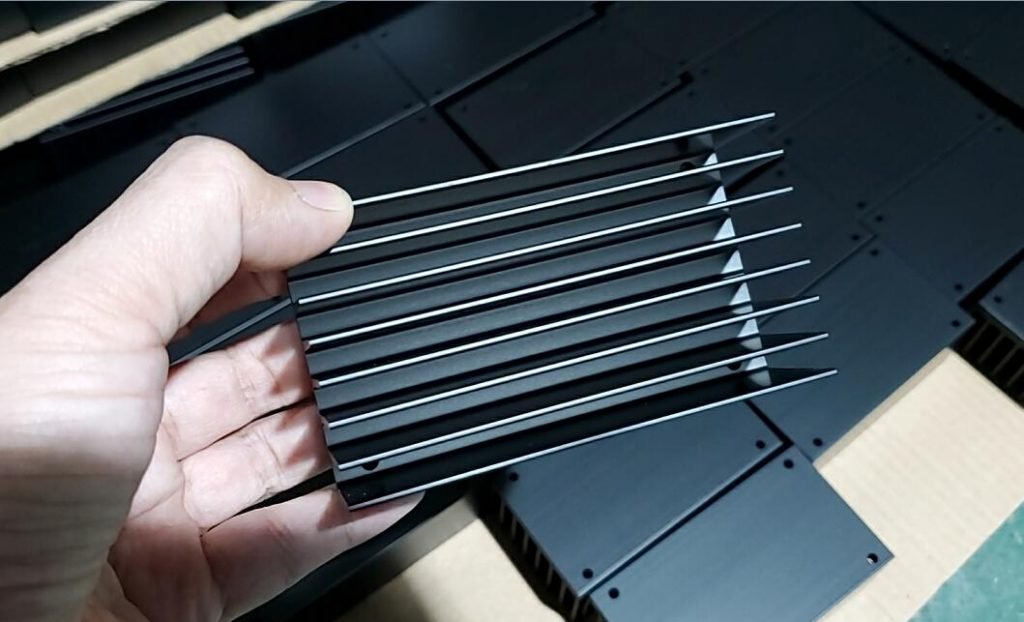
Connectors and sockets
Many electronic devices need a couple of peripheral devices to function optimally. Connectors and sockets facilitate the connection of these devices to the main electronic device. The mouse is a peripheral electronic device, with the USB port being a socket.
Connectors and sockets are perhaps the main CNC machining parts. This is because they have a lot more intricacy, and thus creating them requires paying attention to the details. After all, one small mistake will render both the electronic device and the peripheral device useless.
CNC machining technology is adept at cutting and creating small metallic components to very tight tolerances. This is not even remotely possible when manual molding is employed.
With CNC machining, you can easily produce either one-off devices, short production runs, or long production runs, depending on your preferences. All this is done while ensuring precision and accuracy are maintained.
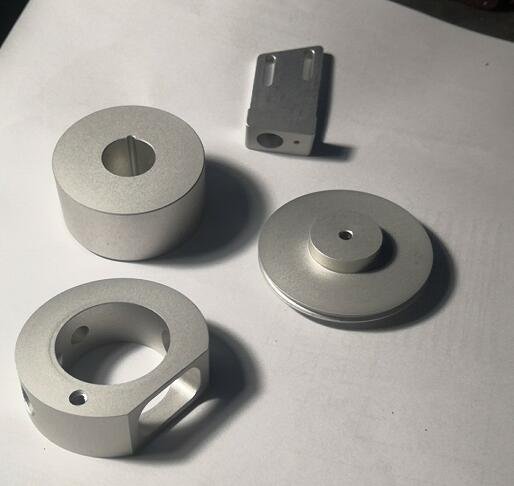

Quality Control Measures for CNC Machined Electronics Components
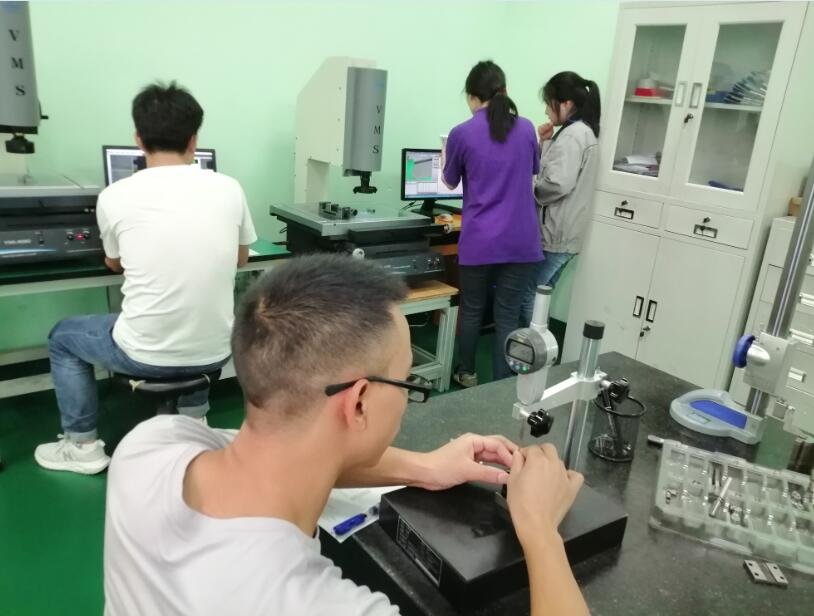
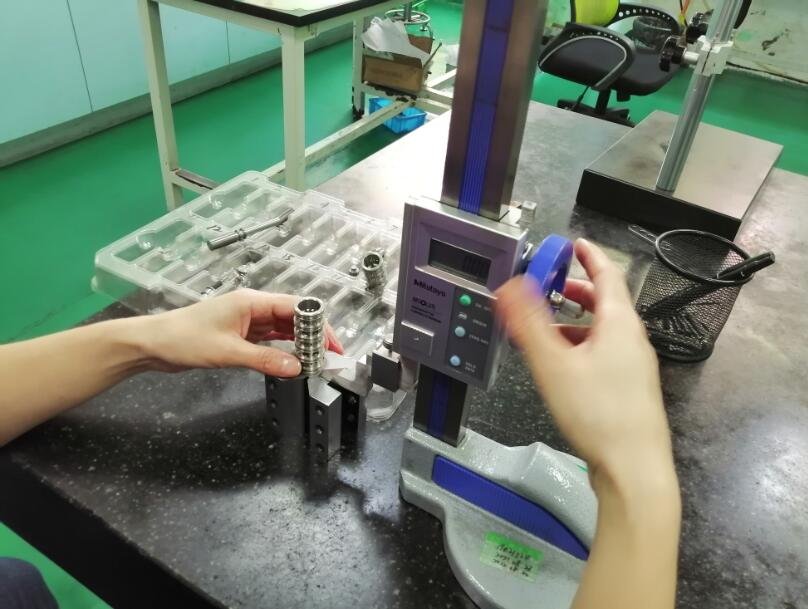
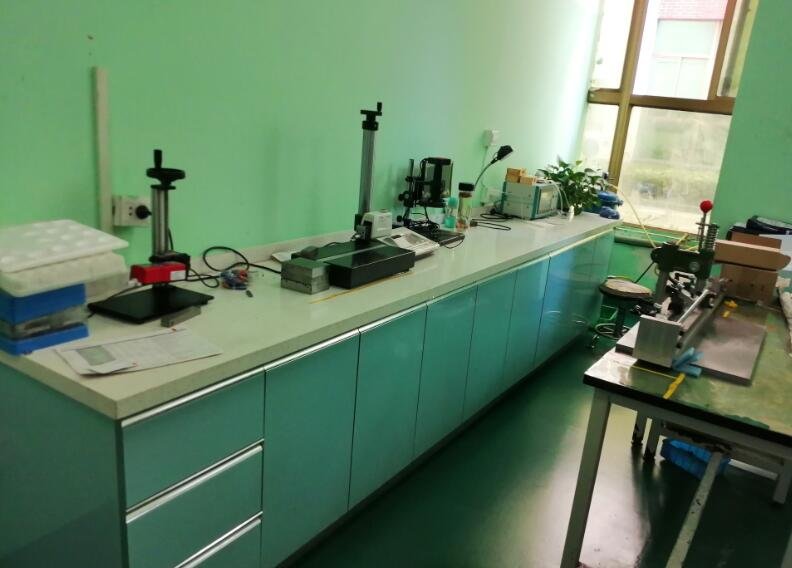
In addition to the benefits that CNC machining offers in terms of cost, accuracy and speed, there are also certain quality control measures that must be taken to ensure that electronics components produced using this method meet the necessary specifications. These can include:
• Visual inspection to check for any defects or discrepancies in the parts being produced;
• Testing of mechanical properties such as strength, hardness and rigidity;
• Ensuring that tight tolerances are met during machining;
• Performing non-destructive testing (NDT) to check for internal flaws or defects in the parts being produced;
• Checking final components to ensure that they meet all specifications before they are sent to the customer;
• Using appropriate cutting tools and workholding devices to ensure accurate machining.
By taking these quality control measures, manufacturers can be sure that their electronics components will meet all standards and requirements for use in any application. CNC machining is a highly efficient way to produce parts with exacting accuracy and tolerances, making it an ideal choice for electronic component production.
Challenges Involved in Using CNC Machining for Electronics Components
Although CNC machining provides numerous advantages for producing electronics components, there are some potential challenges that manufacturers should be aware of. These include:
• High setup costs: The cost of purchasing the necessary equipment and training personnel to use it can be expensive.
• Process complexity: Programming a CNC machine can be complex and time-consuming, requiring skilled personnel to manage the process.
• Limited material options: Certain components may require materials that cannot be machined using CNC technology, making it necessary to look for alternate production methods.
• High Cost of Mistakes: Errors in programming or operational mistakes can lead to scrapped parts and lost time, making quality control even more important.
Despite these possible challenges, CNC machining continues to be a cost-effective and efficient method for producing precise electronics components in large quantities. By understanding the potential difficulties that can arise from using this process, manufacturers can take appropriate measures to ensure successful production of their components.
Conclusion
In Shanghai Elue, we made lots of electronic parts by CNC machining for over 10 years, from small mobile phone accessories, computer frames, and shells, audio accessories, turntables, and loudspeaker boxes. In recent years, Consumer electronics products seem to be evolving at the speed of light, and electronics manufacturers must have the ability to design and produce quickly to stay ahead of the competition. With a well-established supply chain and partners, we can easily undertake the production task, from prototyping, mass production, and surface treatment to assembly and packaging, and you just need to focus on what you’re good at.

